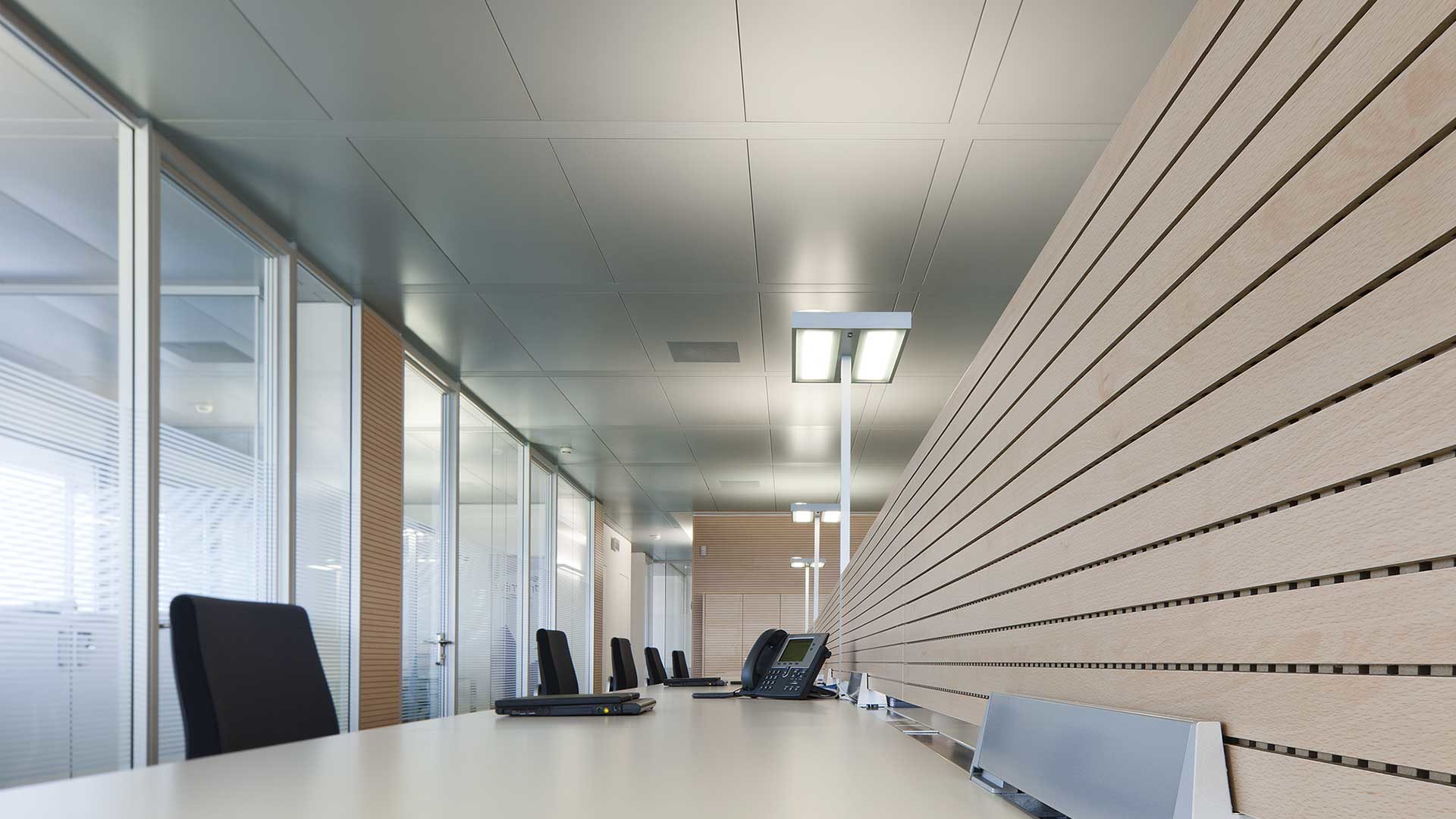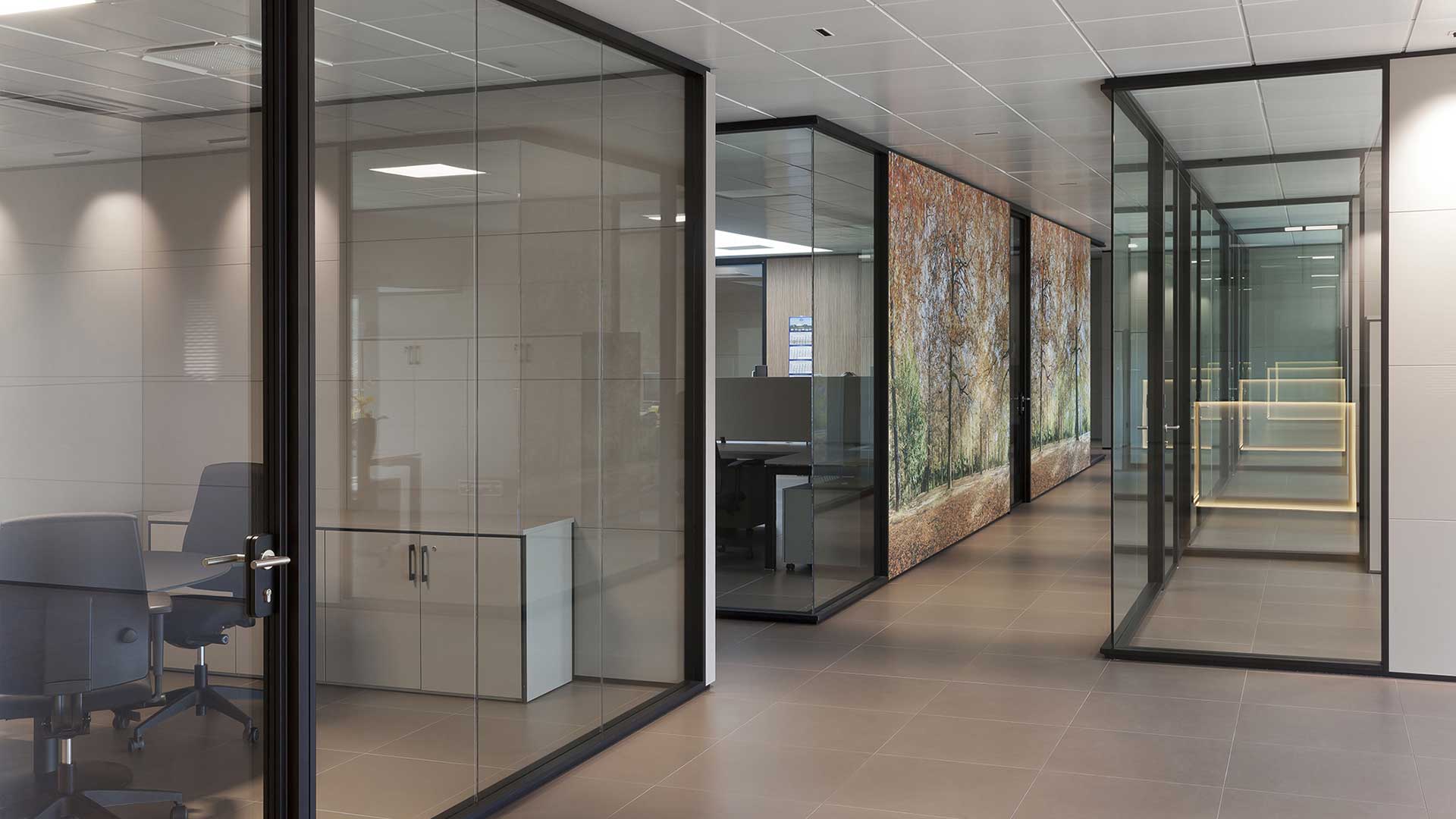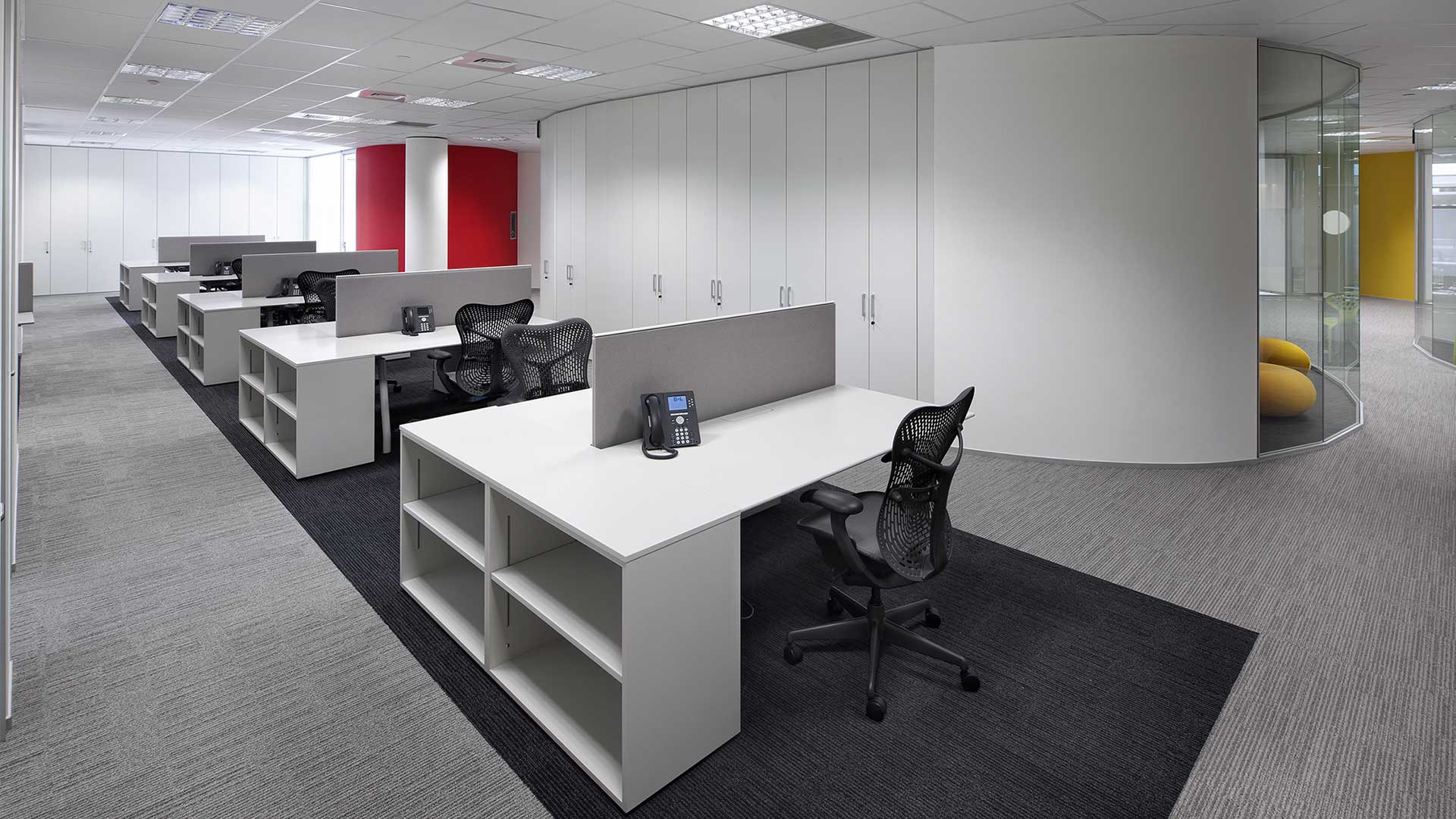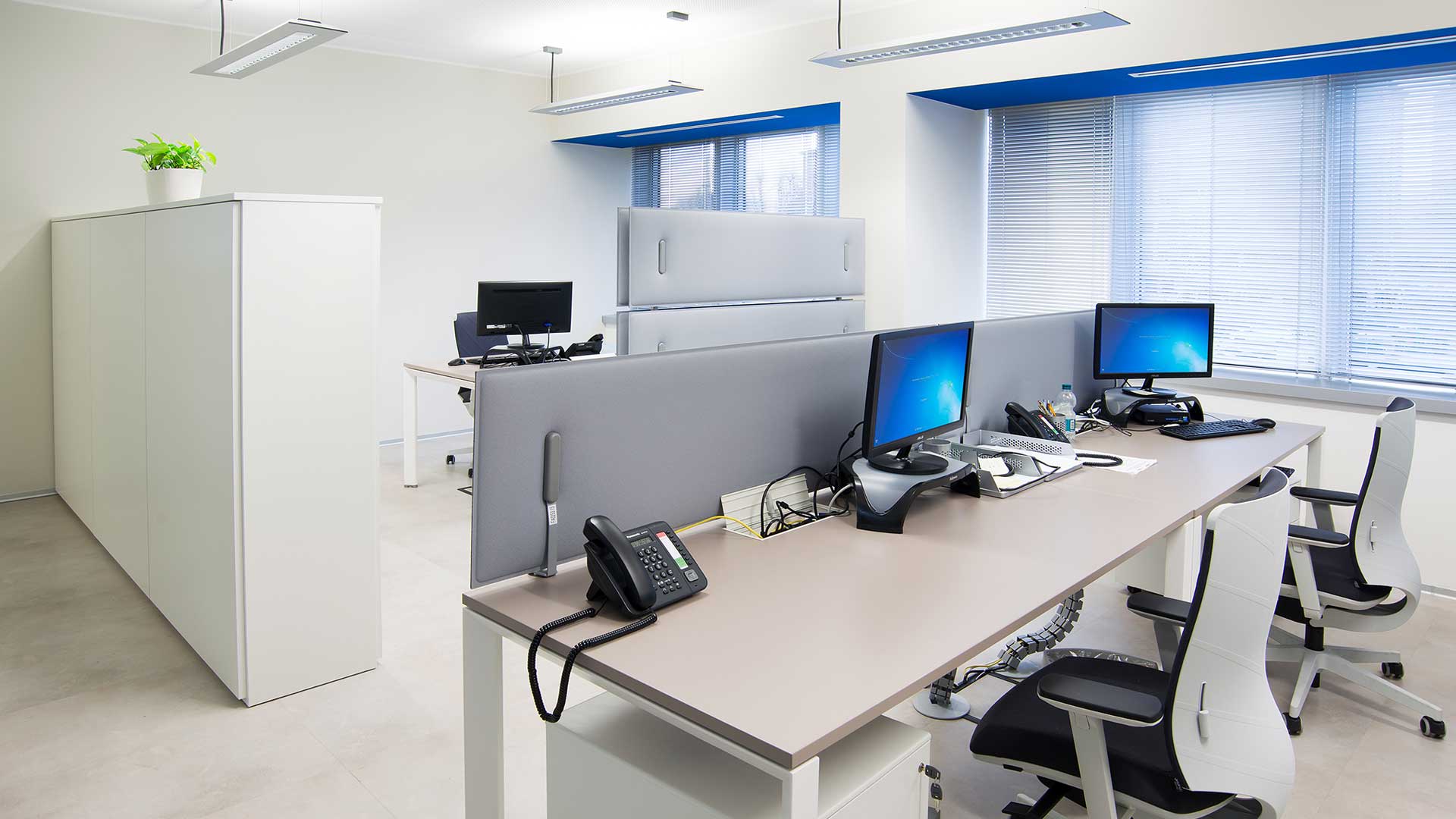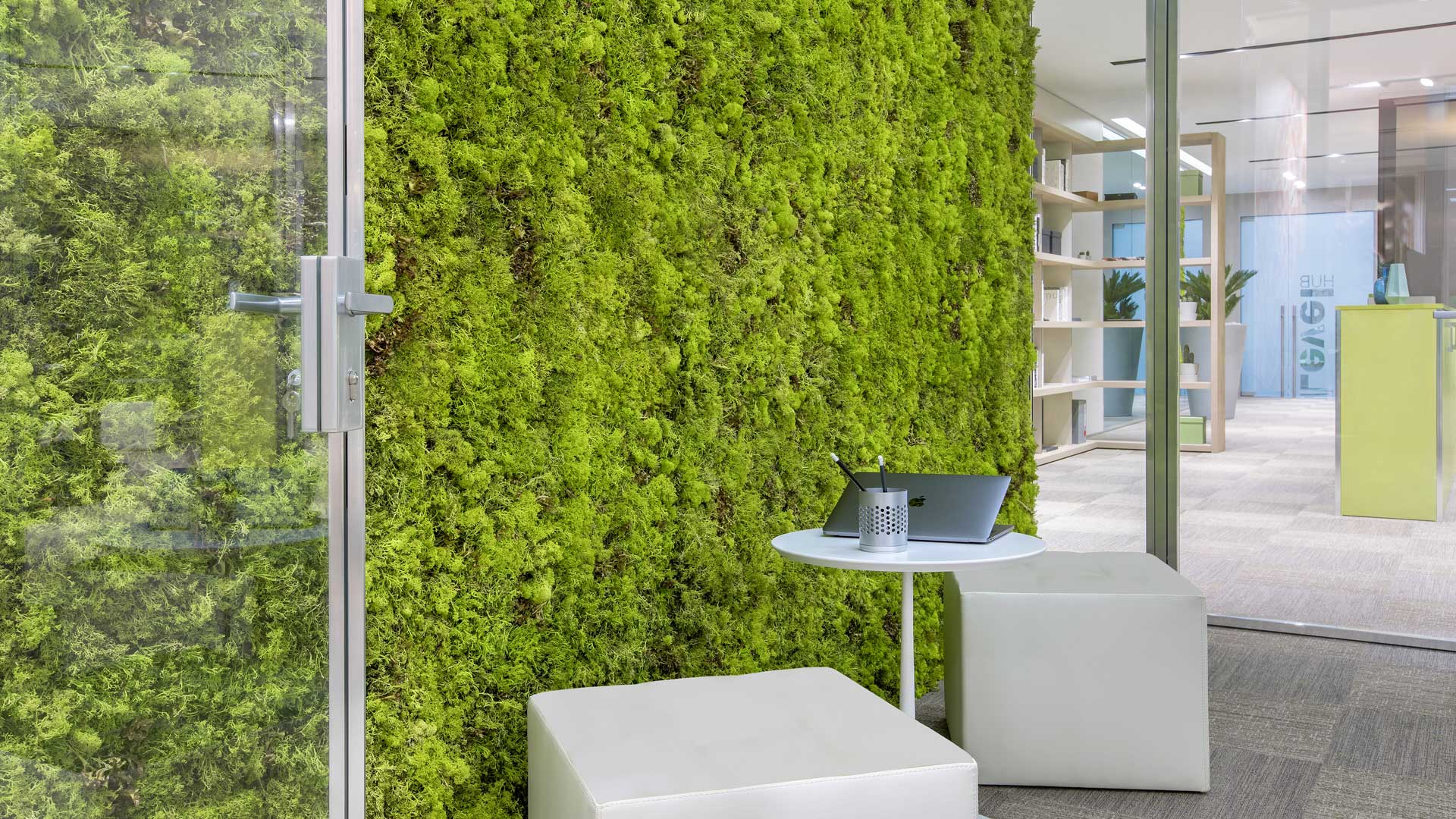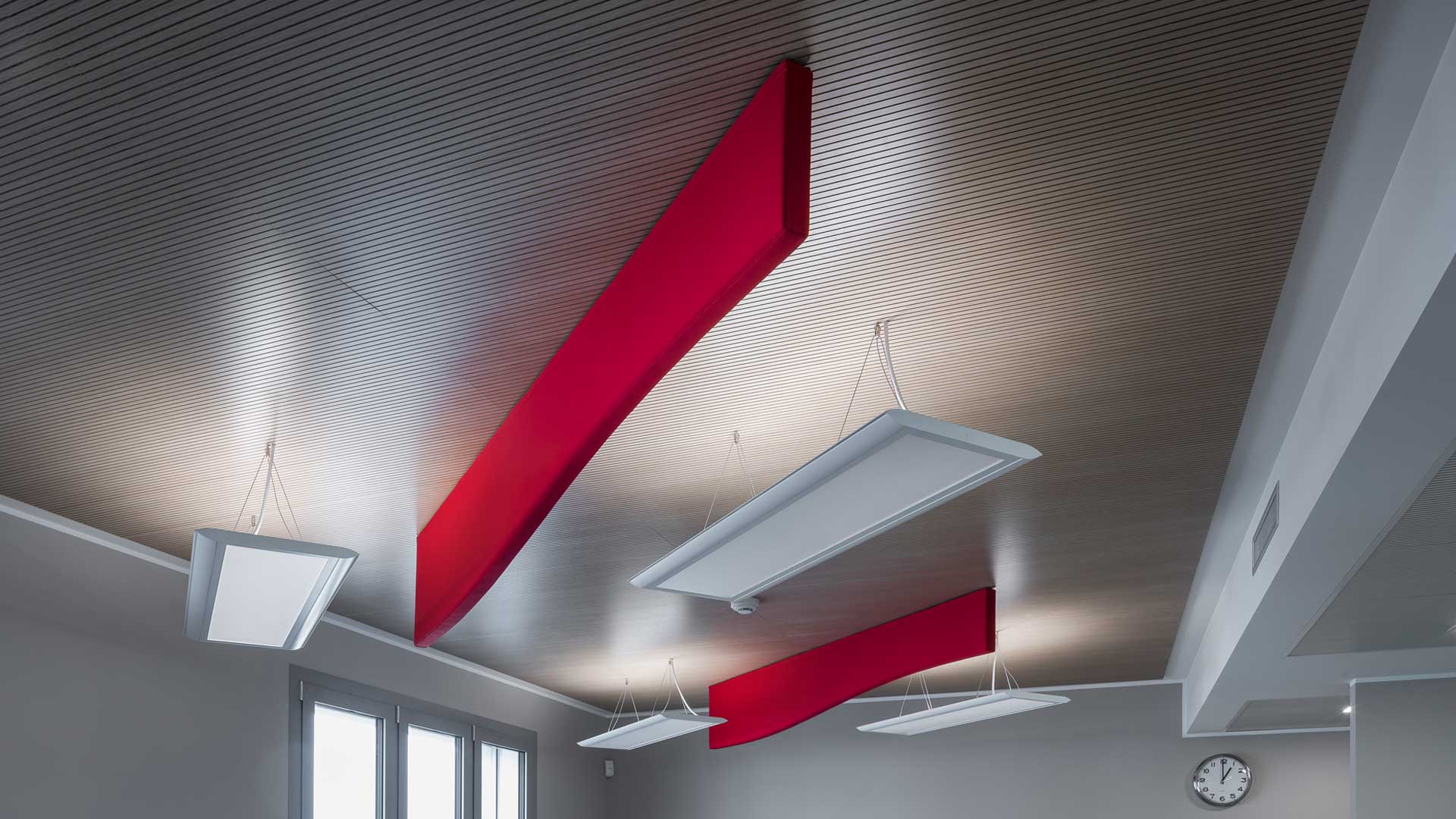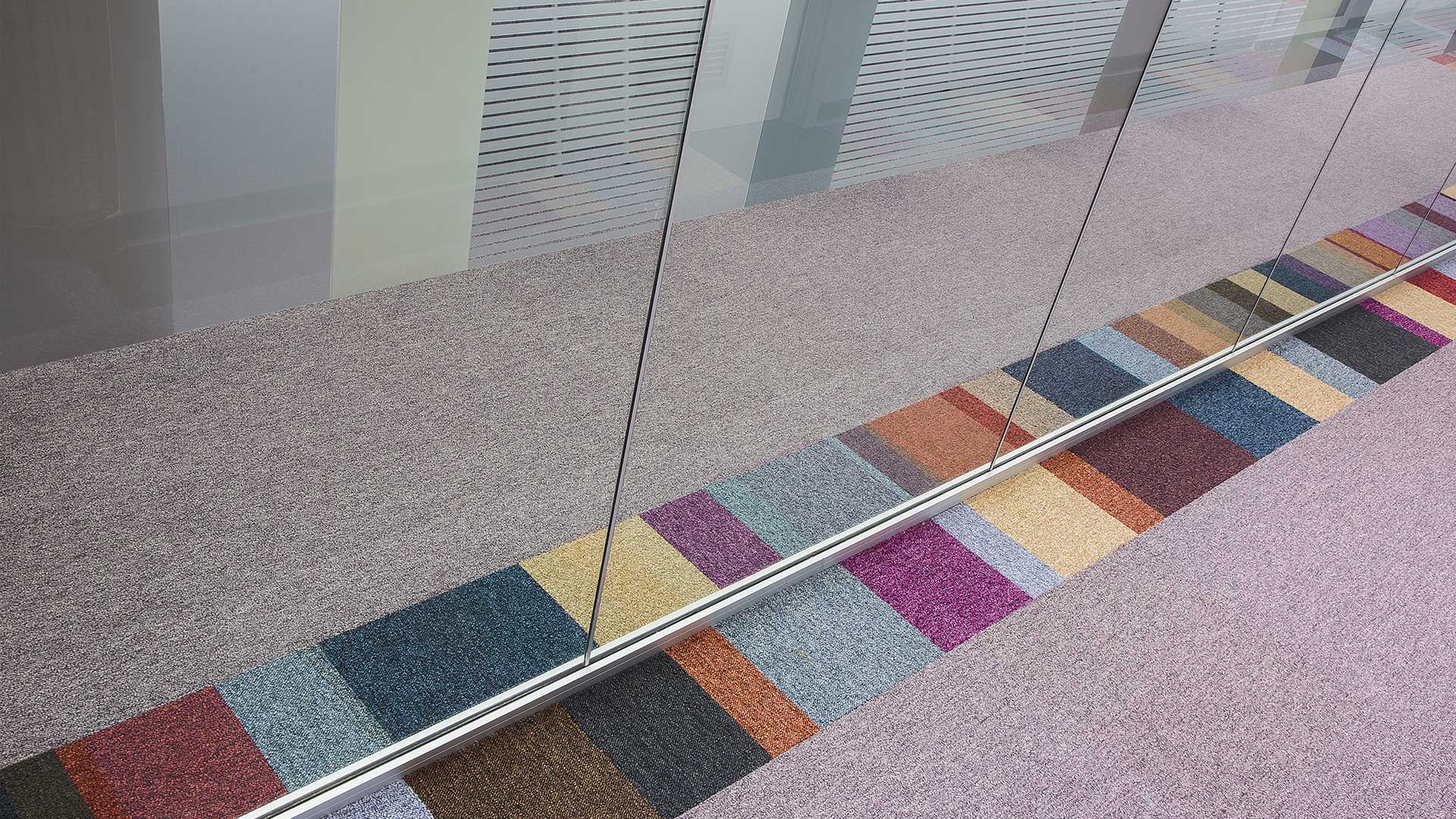Sound management is essential to consider when designing an office layout in order to maintain its comfort for those who spend their daily lives inside them.
Spaces in which the sound is properly managed tends to increases overall employee productivity as well as improving their health and wellbeing by reducing stress and anxiety. Sound management defines products and building elements capable of preventing or reducing noise heard throughout a space designed in accordance with acoustic dispersal physics. When soundwaves bounce around an office they quickly become distracting and lead to negative impacts on productivity as well as causing a sudden rise in employee’s stress and anxiety.
Acoustic Dispersion
Vibrations are a key factor in acoustic dispersal and as such engineers and designers need to understand how to manipulate and or counter them in order to reach comfortable levels of acoustic control. Office furniture and building elements such as partition walls, floors and ceilings, are essential points for acoustic reflection where soundwaves are reverberated resulting in an increase of background noise. Every surface a soundwave collides with will cause it to be reflected to some extent thus causing acoustic dispersion; in other words, the build-up of numerous soundwaves being reflected off the surfaces within a given space (Reverberation). These “reverberations” are one of the main causes which leads to a lack of concentration inside open space offices, forcing workers to speak louder and louder in order to be heard by others, thus contributing to the offices acoustic pollution themselves.
Integrated Acoustic Insulants
To prevent sound from spreading and improving a spaces environmental comfort, the use of integrated acoustic insulants (soundproof/absorptive materials which are integrated into furniture/architecture) are required. There are two methods to achieving this result: either by isolating an area with layers of soundproof materials or by reducing reverberations through the use of sound absorbent materials. Soundproof materials reduce acoustic penetration though their dense compositions which have high atomic weights, while sound-absorbent materials/structures reduce reverberations with their light weight porous compositions capable of converting sound energy into thermal energy as soundwaves bounce back and forth throughout their internal structures, thus eliminating the “echo” effect. Using a combination of soundproof materials, i.e. lead or rubber, in conjunction with sound absorbent materials, i.e. micro-perforated wood panels or felt, yield the best acoustic-controlled environments.
Acoustic Control Inside the Office
Level offers various solutions for managing sound around the office. These products on their own can significantly help reduce noise levels, however, when combined together with one another can create a perfectly controlled acoustic environment ideal for any company looking to improve productivity and their employee’s health and wellbeing.
1. Sound Management: Glass Partitions with Acoustic PVB
Glass partitions are a common element for soundproofing, capable of reducing acoustic vibrations. For an additional reduction in sound a layer of PVB (polyvinyl butyl) can be sandwiched between the layers of glass which substantially reduces acoustic penetration. Such glass is used in Levels partitions including Planilux Plus and Planet Plus. Level’s acoustic partitions commonly use a layer of PVB 0.76mm thick. Furthermore, this material can be added all kinds of wall including solid partitions.
2. Sound Management: Solid Walls incorporating Rock Wool
Most partition walls have hollow spaces between their support structure which can be filled with insulants such as rock wool. Due to its porous composition, rock wool absorbs vast amounts of sound by transforming sound energy into thermal energy as it attempts to penetrate the wools micro structure. Level offers various kinds of rock wool to be inserted into their solid partitions/walls.
3. Sound Management: TOPAKOUSTIK® Slatted Sound-Absorbent Panels
Sound-absorbent panels are used to reduce reverberations inside closed spaces, such as private offices and meeting rooms. Their micro-perforated surfaces allow sound waves to pass through their openings and then get reflected back inside their internal structures rather than bouncing around the external area thus eliminating the “echo effect”. There are numerous variations of these panels which can be installed vertically or horizontally against walls, partitions or ceilings. TOPAKOUSTIK® Slatted Sound-Absorbent Panels are designed with a milled surface and can be customized with different lacquers according to RAL codes.
4. Sound Management: Micro-Perforated Wooden Panels covered by Sound-Absorbent Fabrics
According to the latest office design trends, sound-absorbent micro-perforated wooden panels are often used as a design aesthetic. They can be customized with fabrics such as felt, which have their own sound-absorbent properties and come in numerous colors and textures. They can be installed horizontally or vertically, allowing for solutions which merge technical features with aesthetic designs.
5. Sound Management: Screen Dividers
Acoustic panels can be installed in a number of different applications including: as a freestanding element, workstation divider and or bench separator inside open-space offices. They add a measure of privacy and absorb noise, reducing reverberations around the office. Various different materials and colors are offered allowing for easy customization such as the previously mentioned micro-perforated wooden panels with additional acoustic fabric coverings.
6. Sound Management: Indoor Green Walls
Greenery has exceptional soundproofing qualities when installed on walls and office partitions, helping to achieve an acoustic comfort. Sound waves are captured on the base layer of these walls which are generally composed of natural fibers such as coconut and are capable of reducing both high and low frequency noises. Numerous papers on the subject including the ‘Evaluation of green walls as a passive acoustic insulation system for buildings’ explain just how useful plants can be as a passive insulation solution, especially when used in closed interior spaces, like that of Level Hub’s Green Room in La Valletta Brianza.
7. Sound Management: Acoustic Baffles
Acoustic baffles are elements installed against or hung from the ceiling designed to absorb and or interfere with sound waves preventing them from dispersing throughout a given space (diffraction). Both sides of this extruded element have the same properties capable of subdividing noises around the office. Their composition, typically including a fabric covered panel, which when paired with their shape and position allow them to effectively break up sound waves and become an aesthetical element inside the office. https://www.levelofficelandscape.com/en/scurati-spa-the-relevance-of-acoustics-inside-the-office/
8. Sound Management: Ceilings incorporating Rock Wool
Every indoor space has a ceiling which makes it such an important element to consider when designing an office with proper acoustic control. Similar to how rock wool is used within solid walls, it can also be used to fill the cavities within ceilings. Additionally, when a seamless finish is required with no visible transitions, or a curved ceiling is requested, designers tend to use acoustic plasterboard ceilings paired with rock wool insulation. These surfaces can be personalized with a variety of different colors.
9. Sound Management: TOPAKUSTIK® Sound-Absorbent Ceiling Panels
When opting to cover a ceiling with panels, the best sound-absorbent solution is to use micro-perforated TOPAKOUSTIK® elements. Designed with a slatted surface, they are affixed to a metallic substructure which is invisible to the naked eye and are excellent at reducing sound waves from being reflected off the ceiling.
10. Sound Management: Acoustic Carpeted Floors
Another acoustic point of interest are the floors which can be covered with sound absorbent carpeting, which is easy to install and maintain (especially synthetic vinyl fabrics). These are the ideal flooring solutions for open-space offices, meeting rooms and executive spaces as they offer simple but effective soundproofing and are customizable with colors and patterns.
